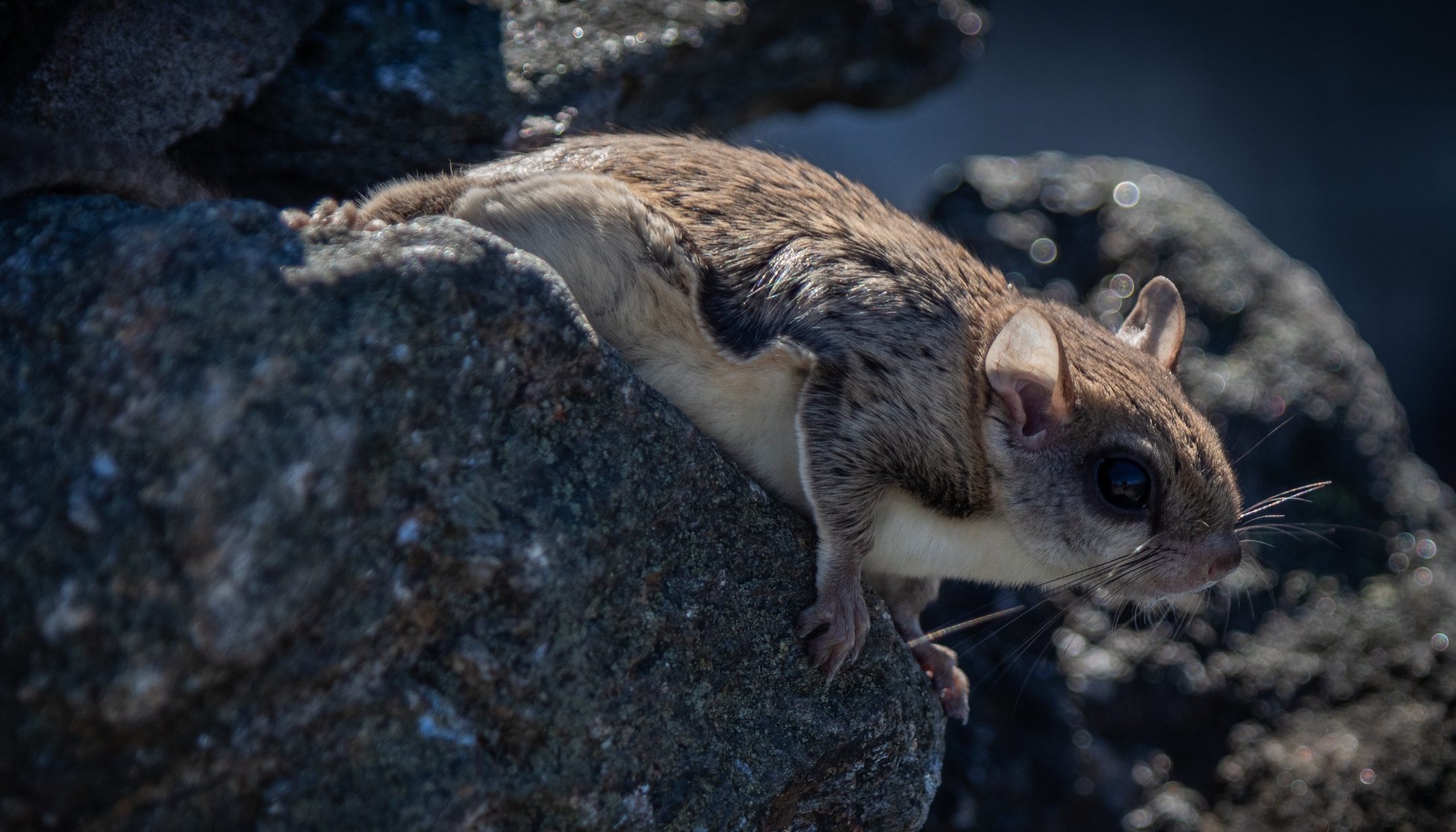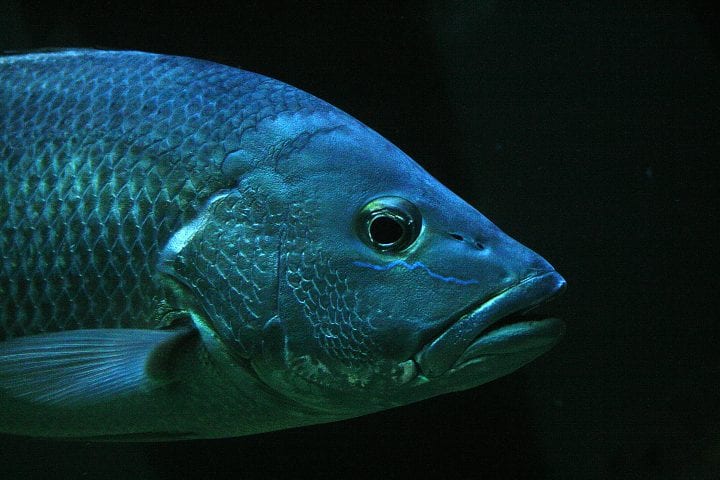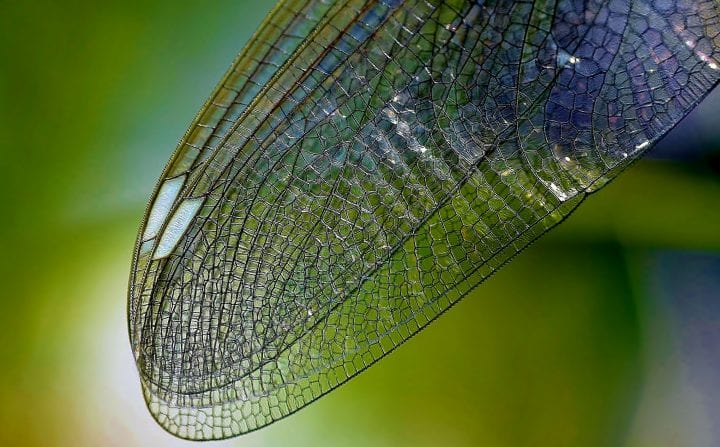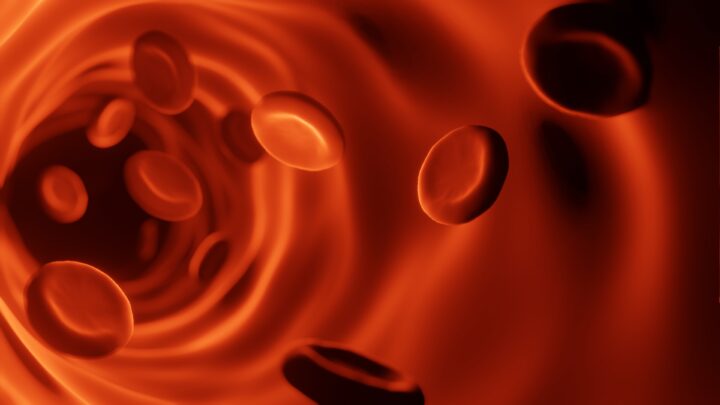Flying squirrels have membranes and cartilage that help them change lift and drag forces, enabling them to glide more than 100 times their body length.
Introduction
Several hours before the sun rises in a conifer forest in Alaska, a northern flying squirrel (Glaucomys sabrinus) leaps from a high tree branch. Launching forward, it stretches its arms and legs out as far as possible, opening parachute-like membranes between them to catch the wind. The squirrel then glides to a tree 100 feet (30 meters) away where it hopes to find fungi to eat.
The ability to glide has evolved at least six separate times in mammals, suggesting it gives certain species advantages that may include saving the energy from walking and climbing, expanding their foraging range, or avoiding exposure to predators.
The Strategy
A flying squirrel’s ability to glide comes from two anatomical features—membranes and cartilage. It has two sets of membranes that are composed of skin and muscle. One membrane stretches between each wrist and ankle, forming wing-like flaps. Behind the wrist are pieces of cartilage that bend upward like the tips of airplane wings to improve stability and minimize drag. Another membrane stretches from each ankle to the tail.
Changes in body position allow the squirrel to alter aerodynamic forces such as lift and drag. When researchers studied the aerodynamics of flying squirrels by filming and analyzing their glides in nature, they found the squirrels did not glide under equilibrium, but instead continuously changed their velocities and forces throughout three phases of “flight.” During those phases, the squirrel’s body tilts up, and the net aerodynamic forces rotate from pointing forward to upward, and then towards the back. This corresponds to its acceleration increasing, reaching its peak, and decreasing.
Video: Northern flying squirrel gliding

The scientists called the first phase a ballistic dive, characterized by the height from which it leaps (its potential energy), the forward momentum it gains through leaping, and the acceleration it picks up because of gravity. During this phase, both lift and drag are small.
During a glide, the squirrel’s body tilts up, and the net aerodynamic forces rotate from pointing forward to upward, and then towards the back.
Next comes the cruising phase, where the squirrel deploys its membranes, and the forces of lift and drag increase. In this phase, the squirrel’s body begins to tilt from horizontal to upright (its head above its tail). As it does so, lift increases to beyond the force of gravity, and the squirrel’s glide path flattens. Now instead of it both falling downward and gliding forward it’s just moving horizontally forward.
In the final phase, the squirrel’s body position is nearly vertical. Lift increases significantly, and the net aerodynamic force continues to rotate rearward, slowing the squirrel enough so it can land. Just before landing, lift is so high that its glide path curves slightly upward moving the squirrel to a completely vertical position before it grabs on to the tree trunk.
The Potential
Understanding how mammals like the northern flying squirrel glide could improve parachute and skydiving suit designs as well as improve airplane aeronautics and lead to more passive-energy driven drones.








